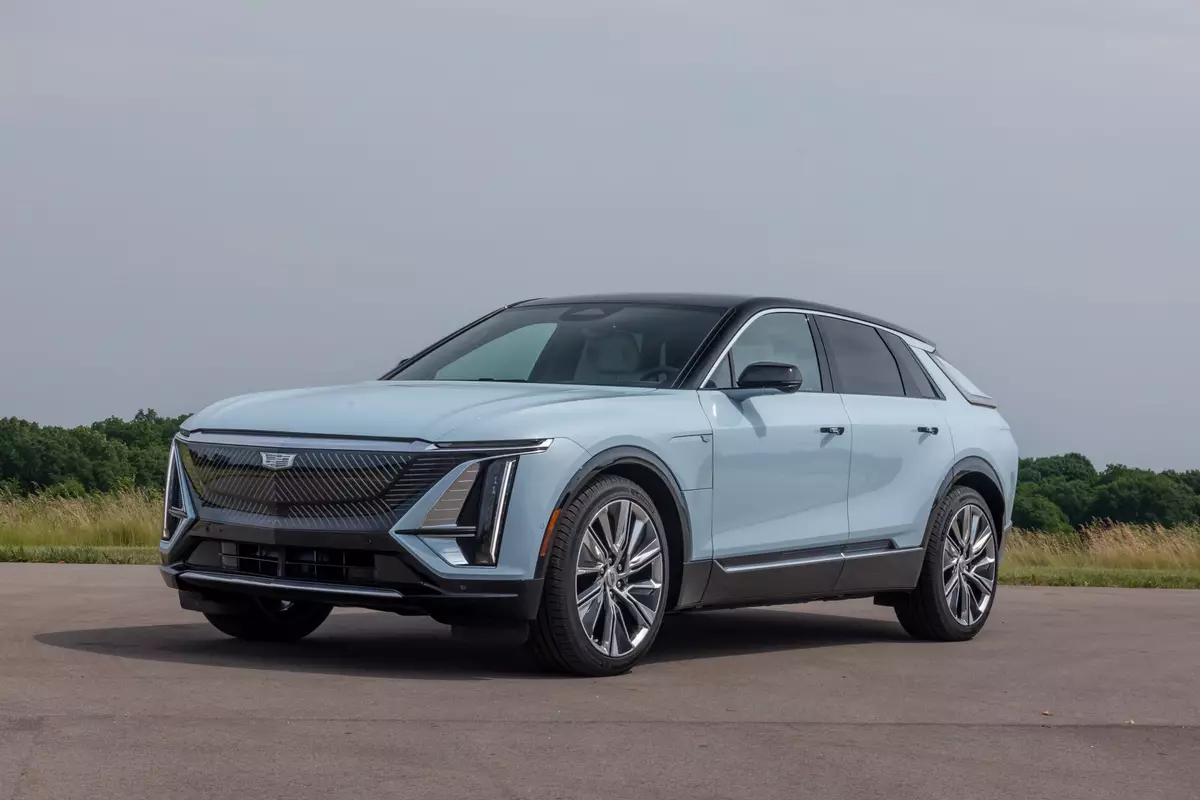Boston.com's view
One of my regular good-natured jabs at the auto industry is that every redesigned model tends to be a bit longer, wider, and more powerful than its predecessor while also returning incrementally better fuel economy.
When you extrapolate that trend out for a decade or more, you have a “growing” problem. That is, what was a compact car is now a mid-sized car and what was a mid-sized car is now a full-sized car. Enterprising manufacturers take advantage of this “growth strategy” by filling in new entry-level subcompact vehicles, like the Toyota Yaris, Nissan Versa, and Honda Fit.
The rest of the lineup thus “moves up.” Honda’s Accord, long a leader of the mid-sized segment, now has a full-sized interior. Nissan’s Maxima has been pushed into the full-sized category with the Altima moving up from compact to mid-sized, the Sentra to compact, and the Versa taking over the subcompact segment.
Meanwhile, Hyundai’s redesigned Sonata (now classified by the EPA as a “large” car) has been receiving plenty of accolades. So what do we make of the vehicle behind it in Hyundai’s lineup, the redesigned and already well-received compact 2011 Hyundai Elantra? Hyundai has maximized useful room by making this fifth-generation Elantra bigger and more fuel efficient than its predecessors.
After a week with a top-of-the-line Elantra Limited, an amazingly well-equipped and economical vehicle with a total price of $22,830 (including $720 destination charge), we’re beginning to wonder if the Elantra will turn out to be the Sonata’s biggest challenger. What’s not to like about a vehicle that is rated at 40 mpg highway, seats four comfortably (five with a squeeze), and starts at less than $16,000 (including destination)?
Back in the mid-1990s, I bought two mid-sized cars-a 1994 Honda Accord and 1997 Toyota Camry. While driving the Elantra, my never-to-be-trusted memory kept telling me that this compact seemed to be the same size as those old family vehicles. It was pretty close.
The design — Hyundai calls it “fluidic sculpture” — has similar cues to the Sonata’s with flowing lines on the beltline, a straight undercut line along the bottom of the doors, and a sloping coupe-like roofline.
We had several adults ride in the back. All noticed the first-in-class heated rear seats and commented on the adequate legroom. The not-so-good was the cushioning of the lightweight foam in the seats and the care needed to avoid whacking one’s head during entrance and egress.
Hyundai is proud of both its new 1.8-liter four cylinder engine, which replaces the former 2.0-liter powerplant, and in-house designed six-speed automatic transmission. Together, they’re responsible for most percent of the Elantra’s 17.7 percent improvement in fuel economy. The rest comes a bit here and a bit there: weight savings, aerodynamics, a “smart” alternator, and low-rolling resistance tires.
We found the 148 horsepower’s acceleration adequate up to 60 miles per hour, where it tended to flatten out. “Keeping up” on the highway was no problem whatsoever. The Elantra managed an efficient cross-the-dotted-lines passing maneuver on a secondary road, going from 40-to-55 mph pretty well, though with a lot of engine noise.
Hand washing the Elantra (primping it for its photos) was a good way to check fit-and-finish (good) and trim setup. What stood out was the small size of the hood. However, opening it reveals an engine that doesn’t seem particularly crammed into the space. The short hood is part of the design that leads to a large, sloping windshield. Inside the cabin, that sloping windshield leaves a lot of space atop the dashboard that isn’t put to any functional use. Instrument design is functional and intuitive.
The navigation system was terrific as part of a $2,000 premium package with the always-welcome rearview camera plus throw-ins such as push-button starting, automatic headlights, and premium audio system. The traffic alerts told us that our Memorial Day weekend getaway was going to be a long haul with a pair of Friday afternoon accidents on the Mass. Pike westbound.
That day of cemetery visiting around Boston and fighting traffic on the Pike wasn’t conducive to putting up high mpg numbers. However, the rest of the weekend driving wasn’t as congested and left us with a 35.2 average. Coming home, in lighter traffic, we returned 42.5 mpg — with apologies to the Western Express 18-wheeler we drafted for 10 miles on I-495.
A series of longish trips left the positive impression that the Elantra lives up to its good looks and is a lot of car for the money. We found the seats well-conformed though a bit under-cushioned and the ride definitely on the stiff side with some road noise from the suspension — one area where Hyundai hasn’t achieved full refinement.
The bottom line is an awful lot of people will look at the price and standard features (like sunroof, fog lights, heated mirrors, steering-wheel controls, Bluetooth) and say there’s a lot of style and value for the money.
2011 Hyundai Elantra Limited
THE BASICS
Price, base $20,700/as tested $22,830 (with destination):
Fuel economy, EPA estimated: 29 city / 40 highway.
Fuel economy, Globe observed: 35.2.
Drivetrain: 1.8-liter four-cylinder engine, six-speed automatic transmission, front-wheel-drive.
Body: Four-door, five-passenger sedan.
THE SPECIFICS
Horsepower: 148.
Torque: 131 lb.-ft.
Overall length: 178.3 in.
Wheelbase: 106.3 in.
Height: 56.5 in.
Width: 69.9 in.
Curb weight: 2,877 lbs.
THE GOOD: Fuel economy, roominess, outside design.
THE BAD: Road and engine noise, not available as a wagon/hatchback.
THE BOTTOM LINE: Another great leap forward by Hyundai. A must-consider for those looking for economy and interior space.
ALSO CONSIDER: Chevrolet Cruze, Ford Focus, Honda Civic, Kia Forte, Mazda 3, Toyota Corolla, Volkswagen Jetta.
Latest news



